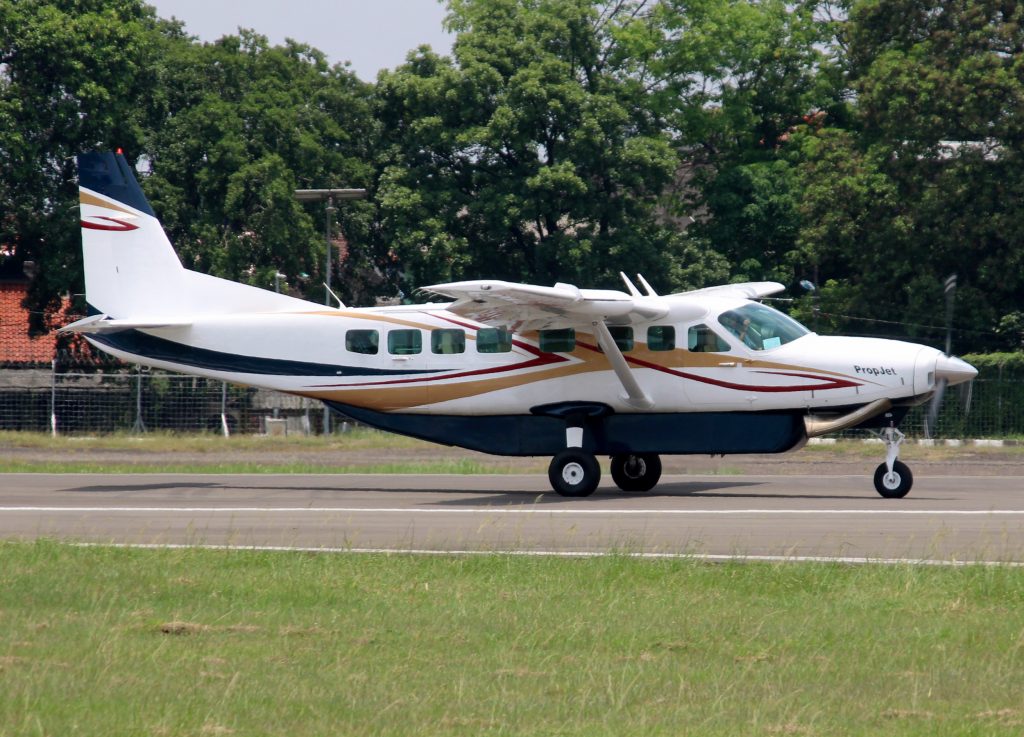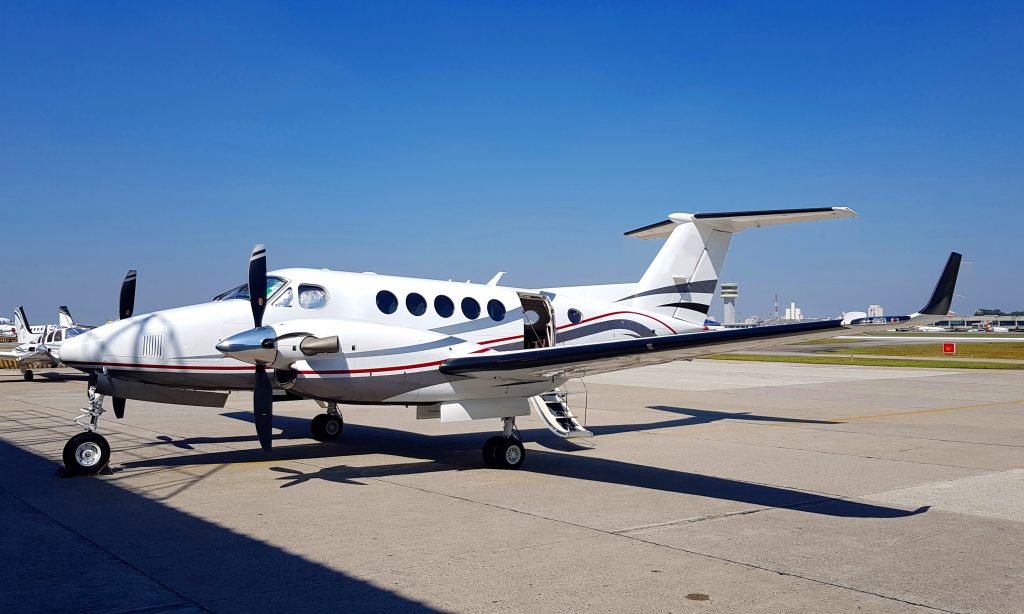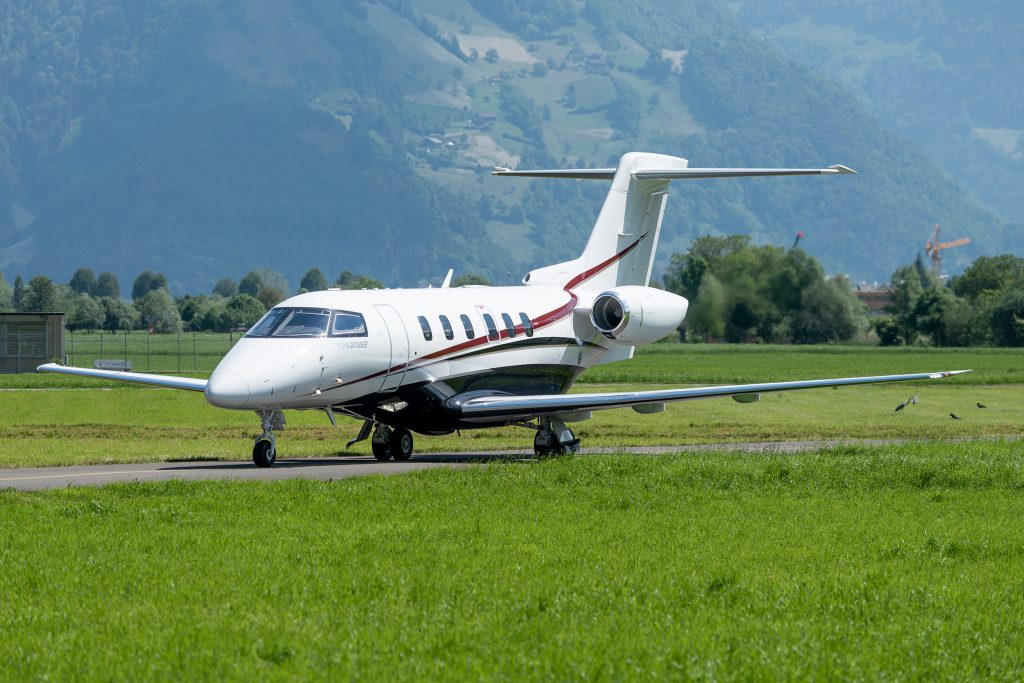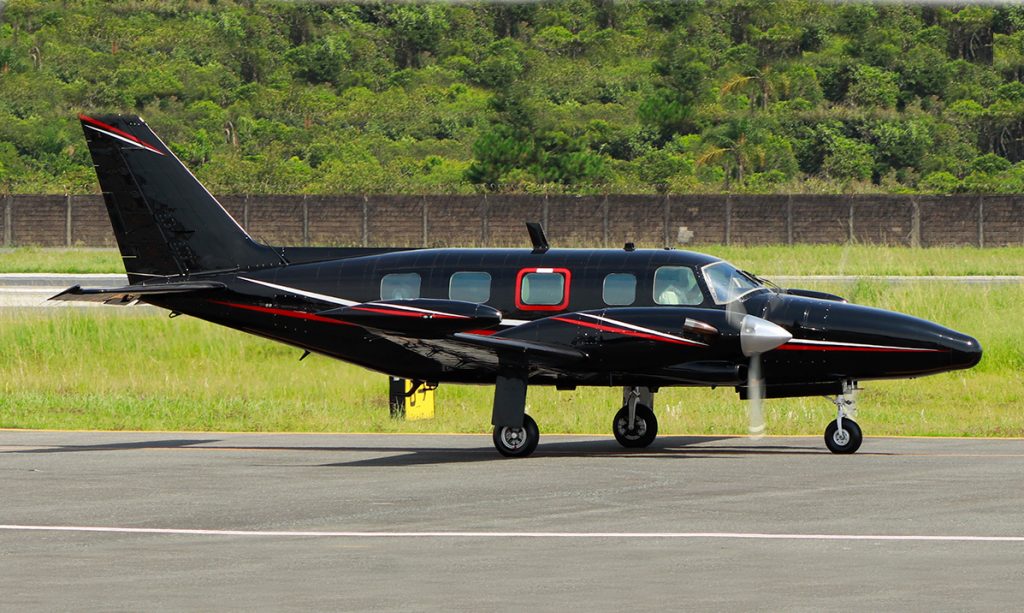Switch to:
 EN
EN  Português (PT)
Português (PT)  Español (ES)
Español (ES)
Undeniably one of the greatest advantages provided by executive aviation is versatility. The gain in time and space, which is so necessary in increasing the productivity of self-employed professionals or large companies, is obtained with the use of aircraft aimed at this market niche, which is growing rapidly in Brazil and in different parts of the world. In addition, the benefits of this versatility can be enjoyed by leisure travelers, increasing the choice of non-stop destinations, making every travel experience unique.
Many tracks available in the interior of Brazil have restricted conditions, or do not even have asphalt pavement. Grassy, dirt, or gravel tracks are very common on farms, small villages, or tourist destinations previously only reached by boat – on strenuous journeys – or with jeeps that travel long and dangerous isolated roads. To reach all these destinations, however, the use of executive aviation provides a safer, more reliable, faster, and more comfortable trip.
Cessna C208 – Caravan and Grand Caravan

It is impossible to talk about versatility without telling the story of one of the most consecrated aircraft in history. This brave single-engine high-wing turboprop, with wide availability of weight and passengers, and unique aerodynamic characteristics, is a true multi-mission, tried in all parts of the world with more than 19 million hours flown and around 2,600 units produced. The Cessna Caravan, together with its bigger brother Grand Caravan, can connect big cities to the most remote places in our territory thanks to its versatility: only 426 meters are needed for takeoff to take place with the maximum takeoff weight for a trip of 1,500 kilometers, with 9 passengers on board — the Grand Caravan’s maximum capacity. For landing, the numbers are even more surprising: 306 meters are enough for it to operate safely.
Beechcraft King Air B250

Part of the evolution of Beechcraft aircraft, derived from the former Queen Air, the King Air B250 brings together unique characteristics: in addition to the large and comfortable space for passengers in a pressurized and climate-controlled cabin, its large range makes practically the entire Brazilian territory reachable without stopovers. or, at most, with just a single stop. Although it is a twin-engine turboprop aircraft, its flight characteristics allow similar versatility to its single-engine competitors, such as the Cessna Grand Caravan or the Pilatus PC-12. While in the cockpit, the pilots have state-of-the-art navigation equipment, making the trip even safer and more efficient. In the “club-seating” seats, passengers have USB charging ports, an entertainment system, and LED lighting. Just 643 meters of distance is enough for the B250 to take off with its maximum take-off weight for a trip of 2,760 km. On landing, only 533m are needed for the twin engine to reach most of the Brazilian unpaved runways.
Pilatus PC-24

One of the few jets capable of landing on unpaved runways, the Pilatus PC-24 inherits the capability of its brother, the PC-12 turboprop. The aircraft is capable of taking off with only 820m of runway, landing at 770m, and still flying at 815km/h. The Pilatus PC-24 comfortably accommodates 8 passengers in a large, pressurized, climate-controlled cabin with modernized avionics. It has a damping system in the landing gear, allowing operation on unpaved or even unprepared runways. As it is a medium jet, its performance is comparable to that of a light jet, such as the Embraer Phenom and Cessna Citation line, which can operate with a maximum weight of 8300kg. Another differential is that its cargo door is located at the rear, allowing the operator to place large loads, such as motorcycles, inside. These factors give greater versatility to anyone flying a PC-24.
Piper Cheyenne II XL

Being able to fly at 31,000 feet at a speed of 450km/h, the Piper Cheyenne II XL shows that robustness, versatility, and speed can go hand in hand. Over the last few decades, this model has become one of the favorite types among Brazilian air taxis, especially for carrying out medical transport missions due to the large pressurized cabin and the higher flight altitude compared to the direct flights of its competitors, providing more comfortable and stable flights. Departing from São Paulo/Congonhas, the Cheyenne II is able to reach all Brazilian capitals non-stop with its maximum take-off weight. In addition to the great range and comfort, the operation of this aircraft requires only 800 meters of runway for both take-off and landing, on any type of runway – including those that are not paved. Its turboprop engines also provide low fuel consumption and low operating costs, putting the Cheyenne II on par with the Cessna Grand Caravan in terms of cost.
